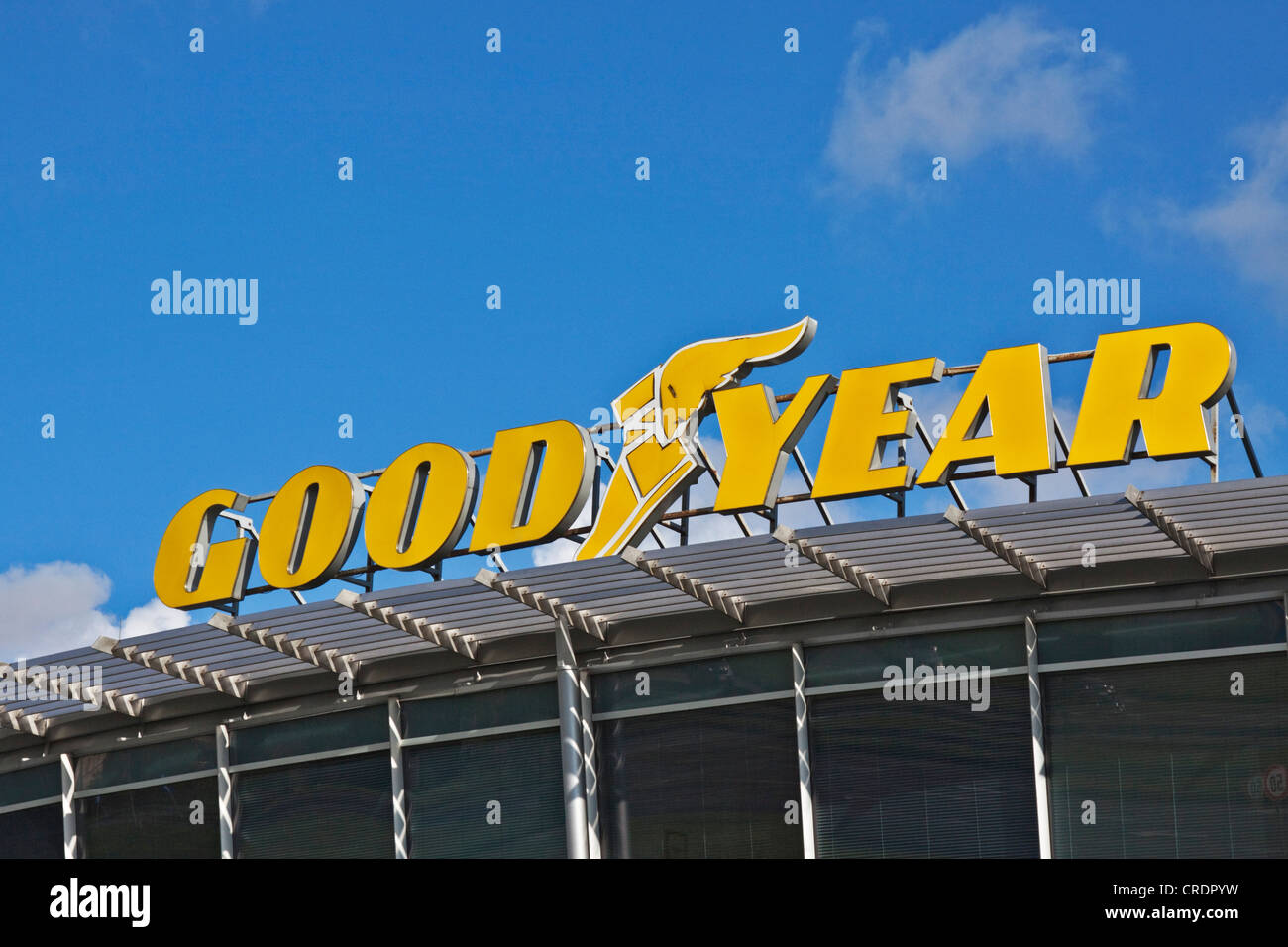
Heritage listing Ĭharlotte House was listed on the Queensland Heritage Register on 21 October 1992 having satisfied the following criteria. The timber framing, floor joists and herringbone strutting are evident on the underside of the first floor carriageway. While substantial internal alterations were carried out on the building in 1964, both the structure and the facade remain intact. īehind the building is a two-storey brick store which was constructed as part of the original project. The point of this pediment and the line of each of the eight pilasters is accented on the roof by acroteria. The major pilasters extend to deeply fluted brackets and at the roof line, another pediment marked "1886" distinguishes the carriageway bay. Above the minor pilasters of the upper floor the painted lettering "Charlotte House" is surmounted by a moulded cornice. Fluted brackets mark the ends of the building and the carriageway bay which is further distinguished by a richly moulded pediment above the first string course. The underside of the upper string course carries a row of fine dentils and an inscribed Greek pattern. Two protruding string courses, one above the ground floor and another above the second floor, define the three sections of the building. At basement and ground floors, the pilasters are fluted whilst those at the upper levels carry a Greek linear pattern. Three of these pilasters mark the ends of the building and the carriageway bay and are distinguished, by greater ornamentation, from the five "minor" pilasters. Large pilasters separate six window openings and the carriageway bay.

At the north-eastern end of the building a highly differentiated bay marks a carriage entrance. This timber frame, brick and cement render warehouse with four storeys and basement stands in Charlotte Street.

Currently, the building is occupied by a variety of commercial tenants. The new owners in 1963, Charlotte House Pty Ltd, carried out extensive internal alterations in 1964. įrom 1912 to 1963 the building was owned by the ironmongers Robertson Tait & Co then by its successor Wilson Tait, wholesale hardware merchants. Their distinctive sign covered the entire length of the southern wall. Between 19 the prominent Sydney-based tea merchants, Inglis Ltd, distributors of the Billy Tea brand, occupied part of the building. The new owners, the Commercial Banking Company of Sydney, leased the building to various tenants including Crescent Packing Co which processed and packaged coffee and spice bags there, box manufacturers Joyce Brothers, and Cecil Edgar Babbidge, a printer and stereotyper.

īetween 18, Wallace Warren & Co operated their business from the building but following the depression of the early 1890s, they were declared bankrupt in 1894. Formerly known as Frog's Hollow, by the late 1880s, the area was dominated by warehouses and also industrial buildings. The construction of this warehouse in Charlotte Street reflected the emergence of the immediate area as a warehousing precinct.

In the early 1880s, Lough had been in partnership with Benjamin Backhouse in Sydney and his unusual choice of Greek and Egyptian motifs for the building reflects similar work by Backhouse in Sydney on a warehouse for Dalton Brothers in the late 1870s. Built for Wallace Warren & Co, merchants, importers, bonded warehousemen and shipping agents, Charlotte House was designed by John Joseph Lough. This four storeyed warehouse was erected in 1888-89.


 0 kommentar(er)
0 kommentar(er)
